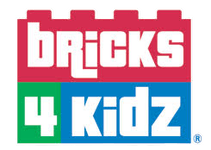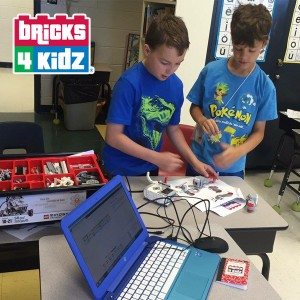Coding for kids, from as young as four, has never been more accessible with clubs and online tutorials that make computer engineering easy to begin, fun to learn, and a social activity.
In December, 2015, tens of millions of students, in more than 180 countries, participated in the global movement known as Hour of Code. Held annually during Computer Science Week, the Hour of Code encourages kids aged four and up to get online and try an hour of programming. No experience required.
Sydney mum of two and travel blogger, Leah Smileski’s nine-year-old son and seven-year-old daughter were two of these kids.
“My son was the most reluctant, but once he spotted the Minecraft version he was hooked, even saying afterwards that it was actually a fun way to learn,” says Ms Smileski. “My daughter was the most enthusiastic of the two. She took to the challenge of coding with full gusto and was able to navigate the language a lot quicker than I expected. She had chosen the Frozen tutorial and worked through each stage carefully.”
Ms Smileski’s kids are only two of millions of children worldwide who are trying their hand at coding and gaining new skills that will set them up for stronger career prospects down the track.
According to Sally-Ann Williams, Engineering Community & Outreach Manager, Google Australia, “Introducing students to computer science has never been more critical to prepare them for the jobs of the future. While none of us know exactly what those jobs will look like, we do know they will require a greater ability to understand and engage in computational thinking and coding – across every sector. From medicine to mining, from fashion to food production, every industry is being transformed by computer science, and graduates are in high demand.” Ms William’s opinion is backed with strong figures: Engineers Australia estimated in 2012 that 70,000 engineers will have retired in the five years leading to 2011, with only 45,000 graduates to take their places.
“The young people who grow up with this new curriculum – our first ‘innovation generation’ – will have some of the world’s most sought-after and highly-valued skills.”
Computer engineers have become a hot commodity in the work force, yet kids who want to learn to code thus far have had to look for help outside of their schools.
According to a Microsoft Asia Pacific study released in 2015, only 32 per cent of the Australian students surveyed said they have an opportunity to learn coding in school. Nearly two-thirds of students in the survey wanted to know more about coding, but didn’t have the opportunities to gain the computer skills they felt they needed.
In the near future, students will learn computational thinking at school under Australia’s new Digital Technologies Curriculum.
“In our experience, an introduction to computational thinking in early years provides the strongest possible pathway for students to engage with and excel in computer science, and benefit from the careers it enables,” says Ms Williams. “The young people who grow up with this new curriculum – our first ‘innovation generation’ – will have some of the world’s most sought-after and highly-valued skills, and will help Australia shift from the consumers of technology to creators of technology.”
The new curriculum will be introduced from primary school, with a “strong commitment to inclusivity to encourage the broadest possible participation long term,” says Ms Williams. “Our research (and many others) show that an early introduction to computer science is critical for engagement – especially for under-represented groups such as girls – to help them gain skills, confidence and a passion to pursue further study.”
In the meantime, for parents of kids who are interested in coding but lack any skills or experience in the field themselves, pointing their offspring in the right direction can feel like a daunting task.
“I’m convinced that coding is the rising second language here in Australia.”
It may come as a relief to these parents to know that the days of computer enthusiasts reading bulky textbooks to teach themselves to code are, thankfully, over. For current students, the barrier to entry has gotten lower with camps, clubs and online tutorials that make computer engineering easy to begin, fun to learn, and a social activity. Parents may even enjoy learning alongside their kids.
Ms Smileski is one such mum who programs with her children – she taught herself basic DOS programming that enabled her to code her site, kidbucketlist.com.au. Growing up, she was encouraged to program by her dad – a Polish immigrant who moved to Australia after WWII as a displaced person and focused his efforts in his new country on finding work in the computer industry. “Growing up we had computers all around us,” she remembers, and was keen, as a result, to ensure her own children were fluent in the use of 21st century tools.
“I’m convinced that coding is the rising second language here in Australia,” says Ms Smileski. “Teaching my kids code, even at the age of seven and nine, should help them to become fluent at a younger age. Plus, coding is fun! Just a little knowledge and you can be master and commander of your device and program.”
During last year’s Hour of Code, Ms Smileski’s children were inspired by creative programming tutorials, which included Minecraft, Frozen and Star Wars, to begin developing their own coded site with their cousins. This result is exactly what the Hour of Code, and other community resources hope to achieve.
By Christine Knight – 9 FEB 2016 – 12:51 PM UPDATED 11 FEB 2016 – 11:24 AM
Love the story? Follow the author here: christineknight.me, Twitter @christineknight, Facebook @ChristineKnightWriter


